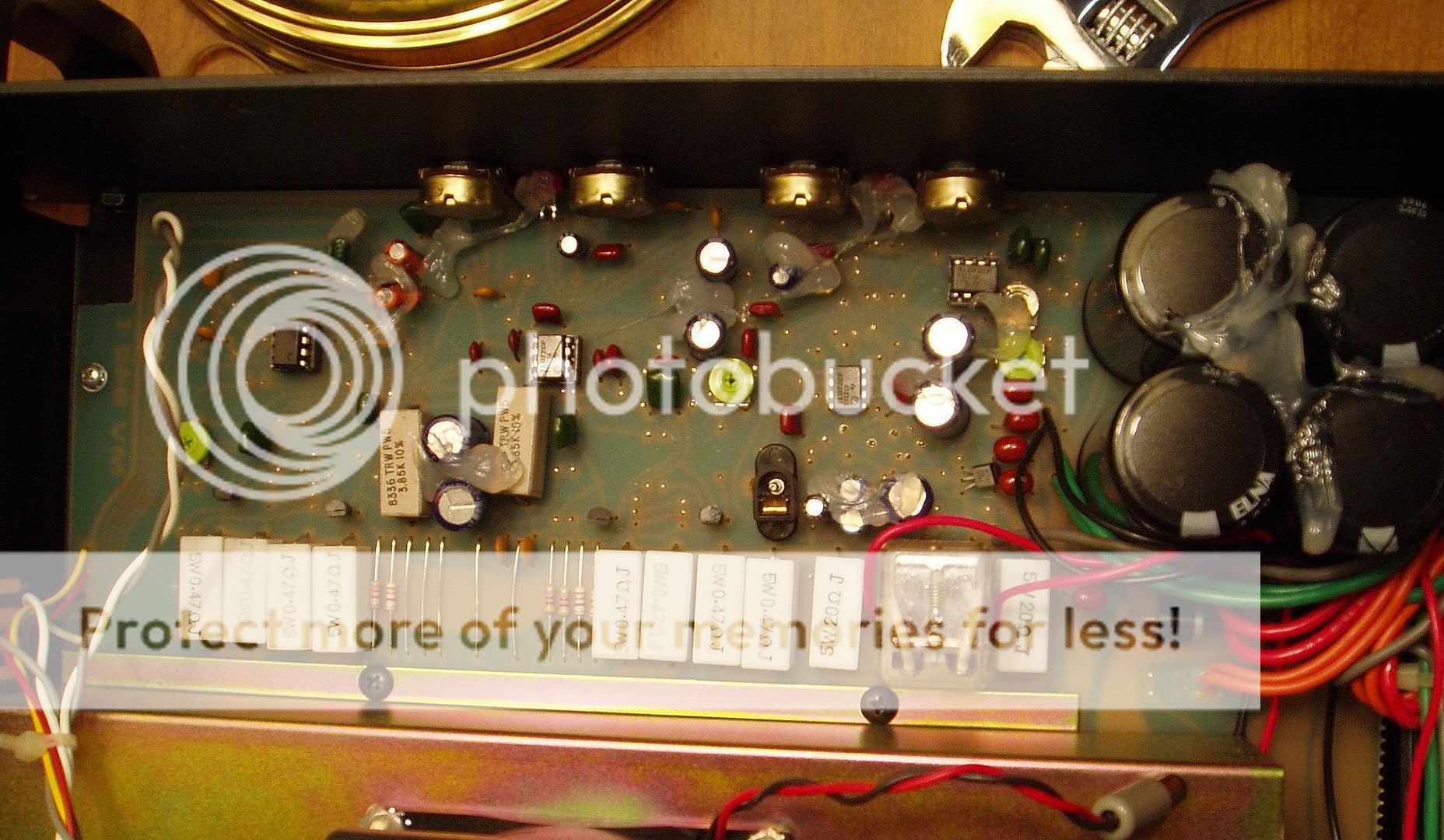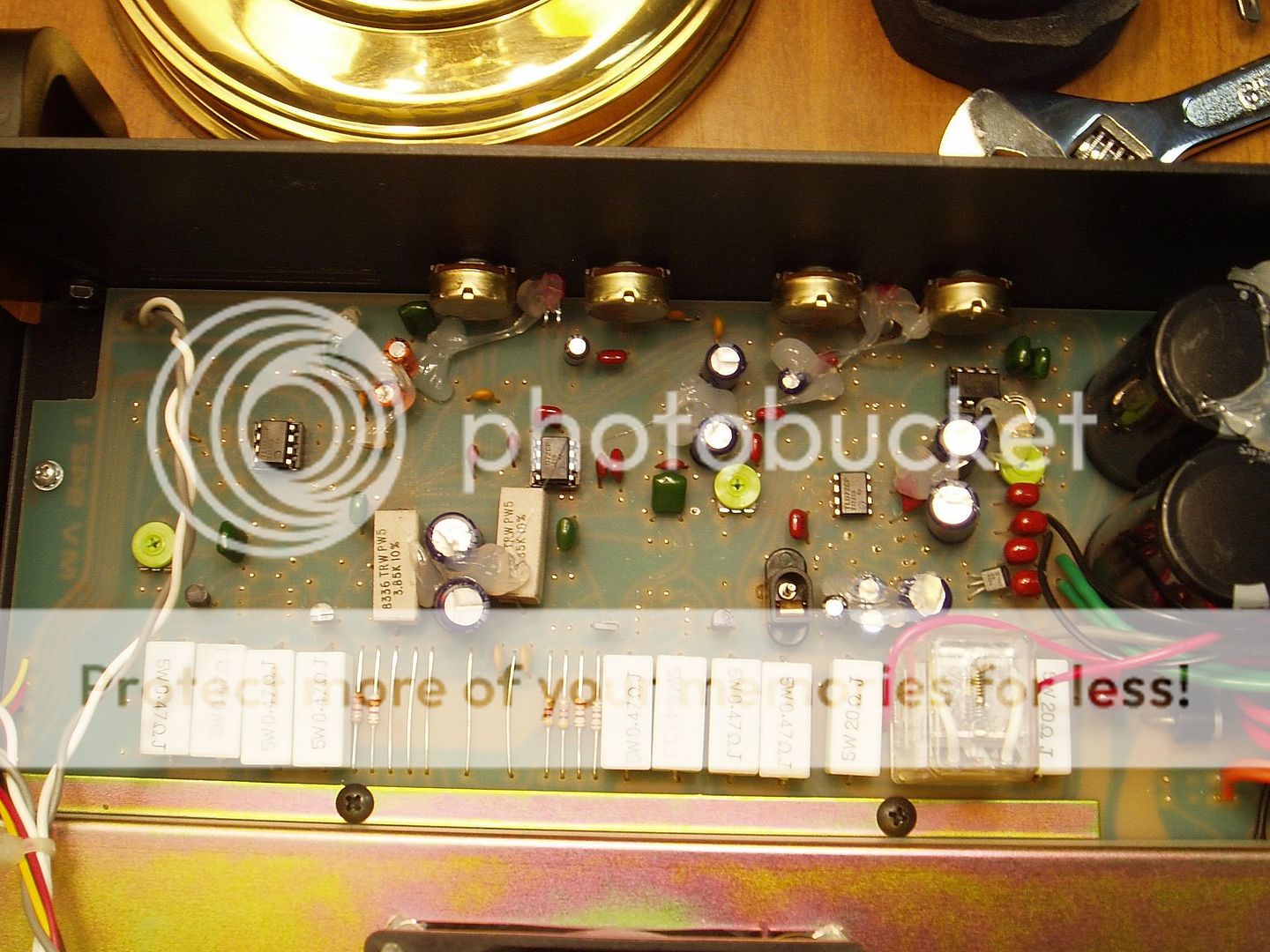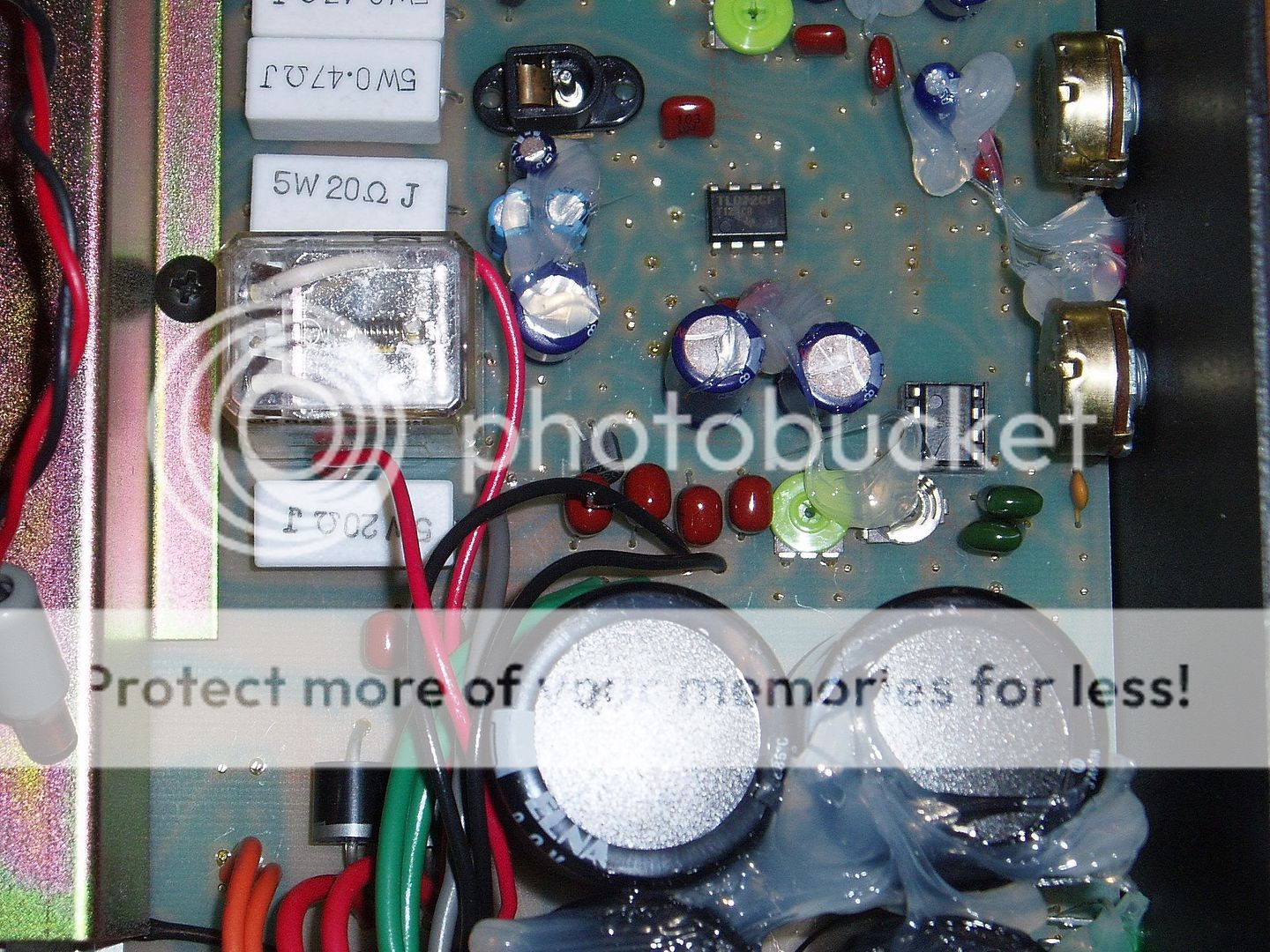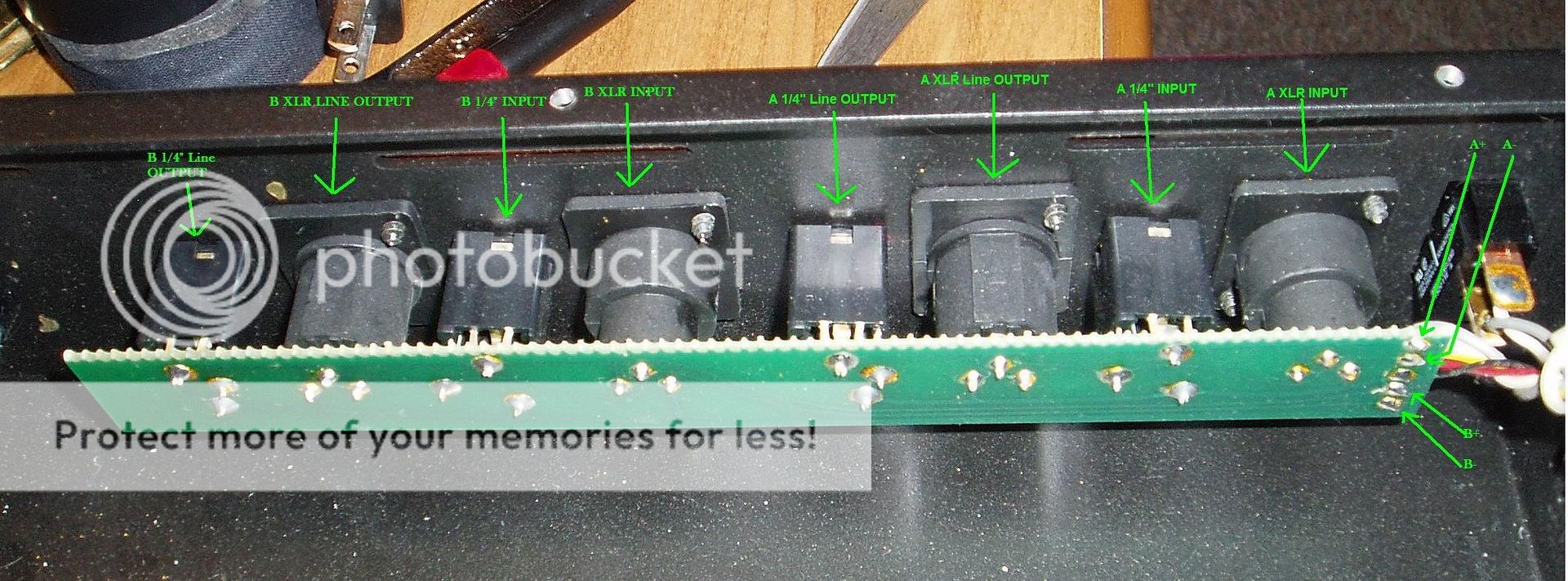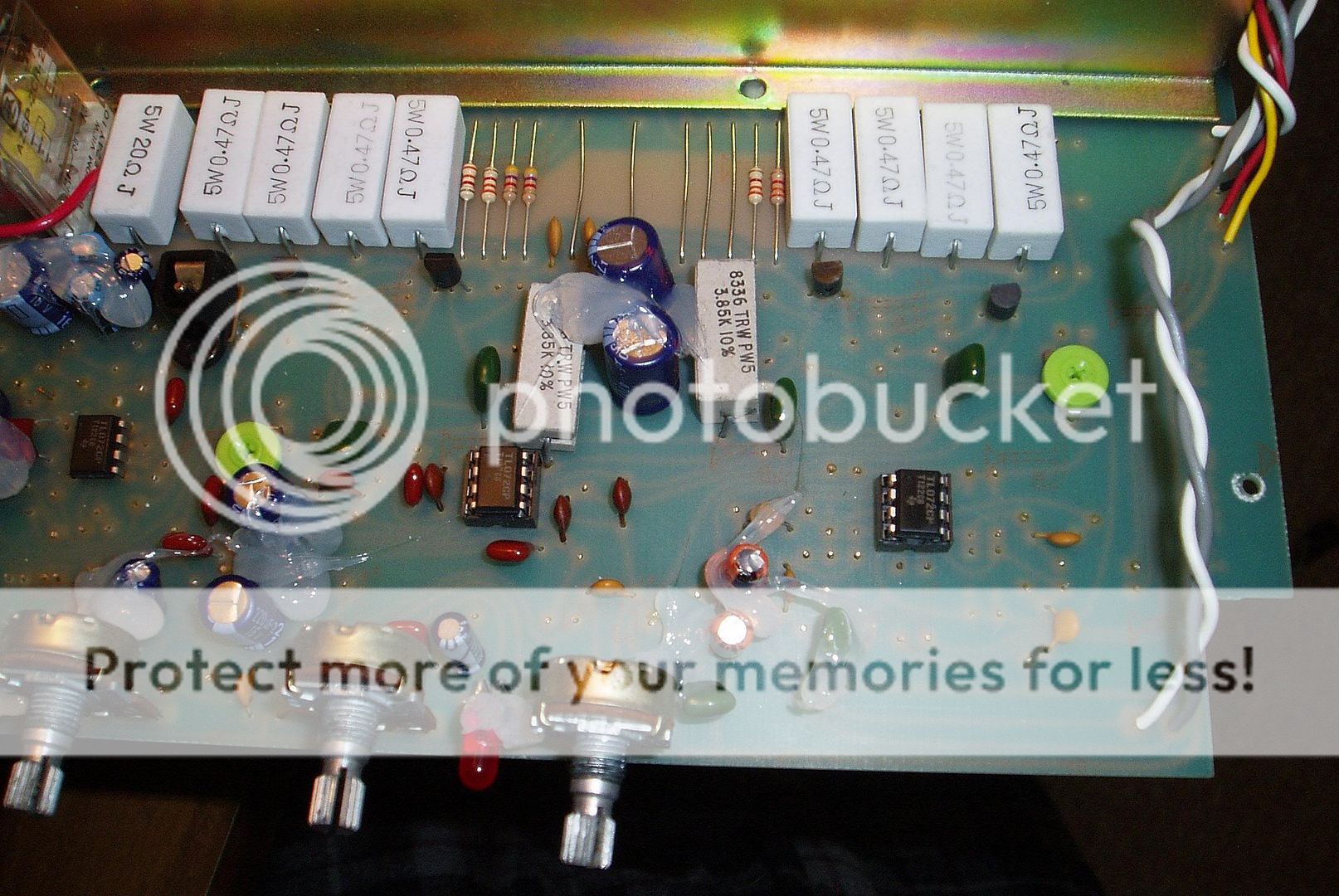turmoil
Active member
I recently purchased a used Mosvalve MV-942 (500 watt version) power amplifier. Upon taking off the top, because i heard something loose inside, what fell out was an OP-AMP that reads TLO72CP and TI22CB.
Now, the power amp does work just fine but i compared it to my Mosvalve MV-962 (100 watt version) and the MV-942 did not seem to be overwhelmingly louder than the MV-962; louder, yes but not like crazy louder. I did this test by plugging the same guitar and cable into one power amp (mono A channel) and one 4x12 cabinet with the Gain maxed and then the same setup with the other power amp.
My question is, could this OP-AMP just be a spare or something that was replaced? Could it have fallen out of the board, which i really doubt since there didn't appear to be any empty slots on the PCB. There are 4 other OP-AMPS (same exact ones as the "extra") that sit on the board currently but i'm curious because it doesn't seem too much louder than the other power amp. Should this be expected?
I also tested it in a W/D/W setup with my powerball and it kept up really well.
Now, the power amp does work just fine but i compared it to my Mosvalve MV-962 (100 watt version) and the MV-942 did not seem to be overwhelmingly louder than the MV-962; louder, yes but not like crazy louder. I did this test by plugging the same guitar and cable into one power amp (mono A channel) and one 4x12 cabinet with the Gain maxed and then the same setup with the other power amp.
My question is, could this OP-AMP just be a spare or something that was replaced? Could it have fallen out of the board, which i really doubt since there didn't appear to be any empty slots on the PCB. There are 4 other OP-AMPS (same exact ones as the "extra") that sit on the board currently but i'm curious because it doesn't seem too much louder than the other power amp. Should this be expected?
I also tested it in a W/D/W setup with my powerball and it kept up really well.

